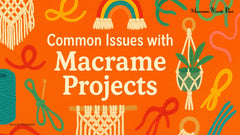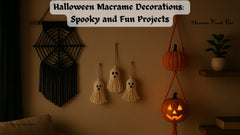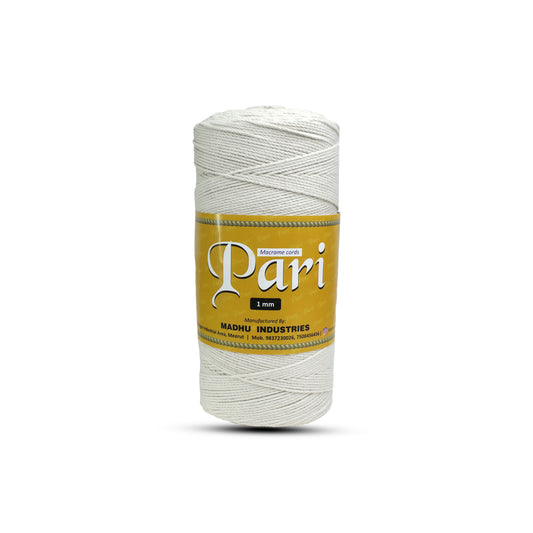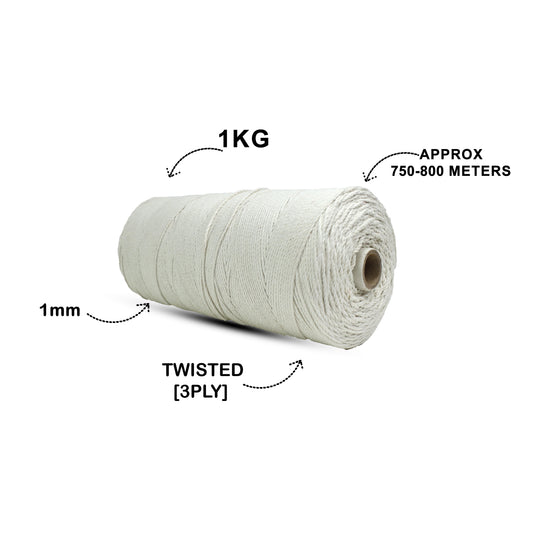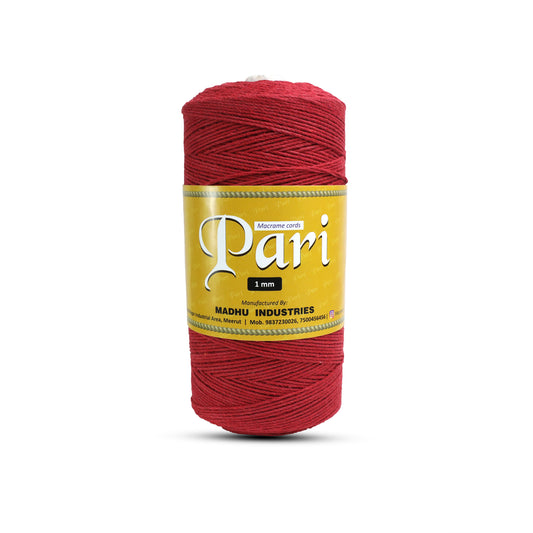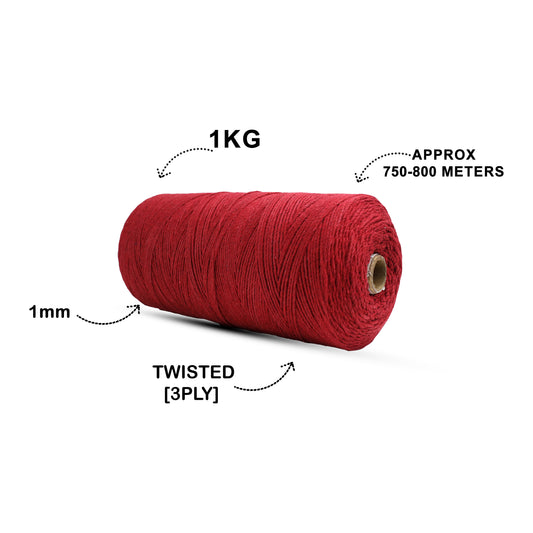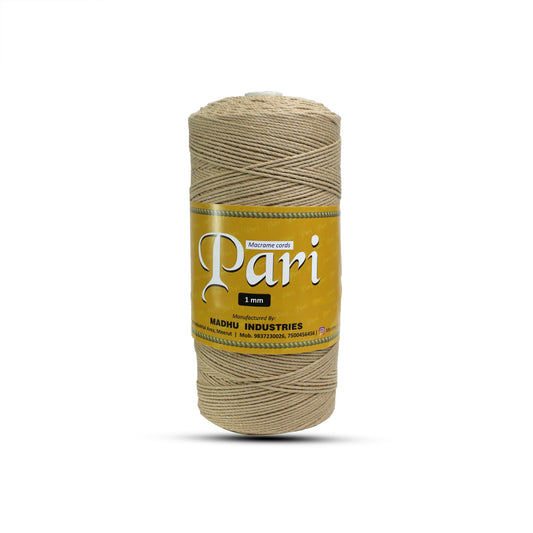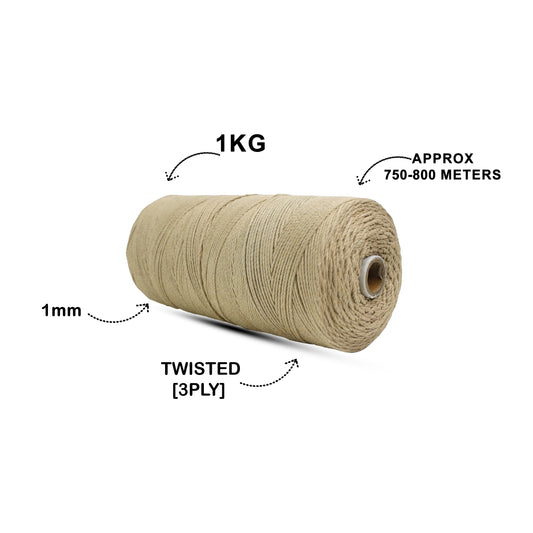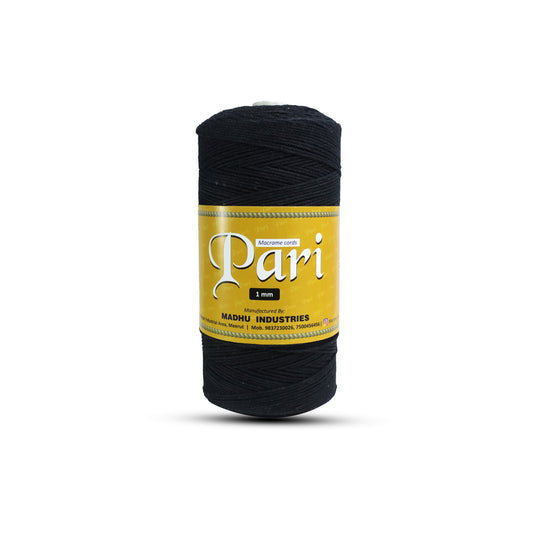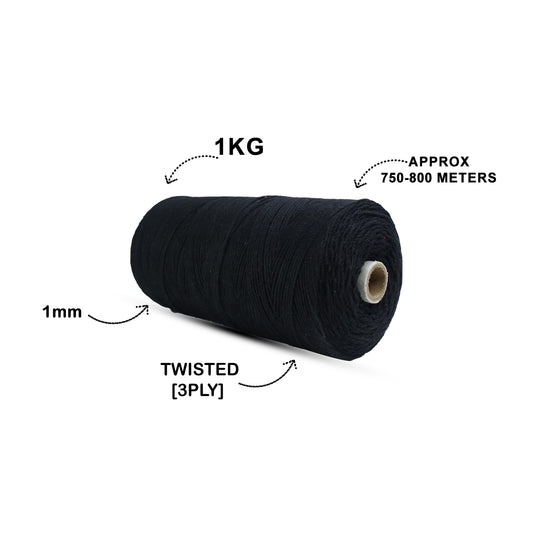The Ultimate Guide To Pricing Macrame Products: Boost Profits And Grow Your Business
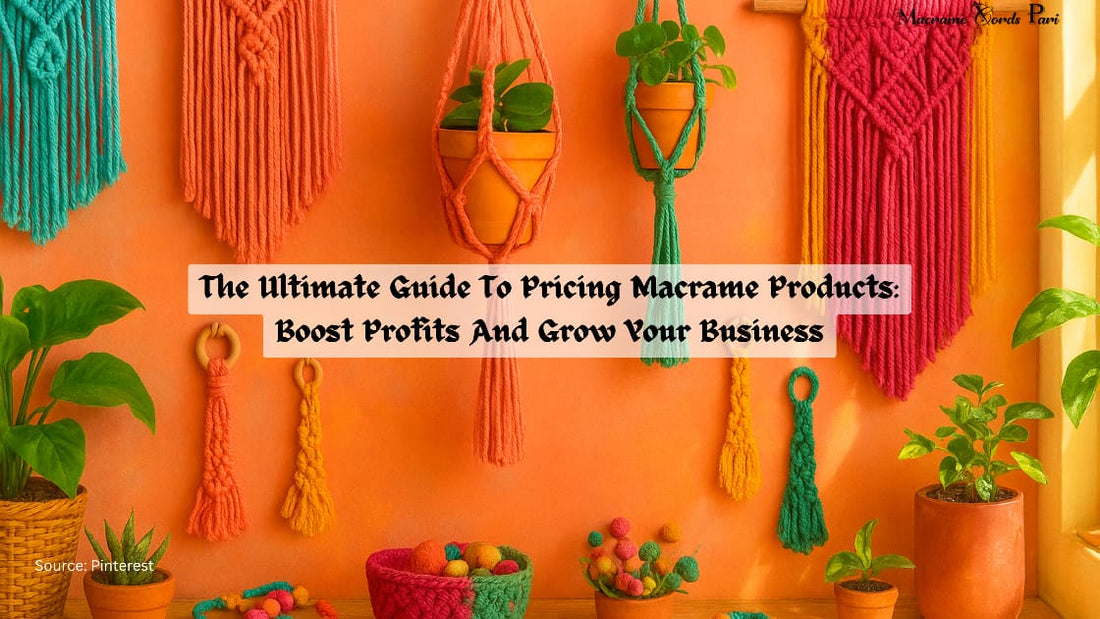
Every knot tells a story, every knot has hidden giggles, but the right price makes it a bestseller!
The pricing of the macrame products correctly is one of the most powerful ways to grow the handcrafted business. While the creations may already captivate customers with artistry and detail. Something that defines more than that is the value the artisan assigns to the macrame product. It decides whether the business holds the power to capture the market or not.
Pricing is not just about covering materials and time but it is about finding that sweet spot where creativity is valued. It allows customers to feel they are getting a fair deal, and the profits will nurture the economic viability. In the macrame industry, every knot, fringe, and twist has value, but calculating it transparently. Hence, it requires more than adding up costs.
An artist must account for their labour, market trends, target audience, and even how the brand is perceived. A smart pricing strategy ensures that the artist will get paid what they are worth. While building trust with customers and the audience for the long term. Whether the macrame artist is just beginning out or refining their prices. This blog will tell you how to price your macrame creations with confidence and trust. It is evident that you won't be surprised. Let us market the macrame creations rightly.
Art Hold Value, Know Your Worth
The foundation of pricing is knowing exactly what goes into your product. How much hard work it holds and the period. There are several factors which affect the pricing of macrame products. Here are the major criteria for pricing:
Materials – The primary factor for the pricing is the cost of materials. Macrame cords, beads, rings, and embellishments can vary depending on quality and efficiency. For example, if you are using sustainable cotton cords from Macrame Cords Pari, then a 100m roll might cost ₹350–₹600 depending on thickness and quality. Then add the cost of accessories like wooden dowels or beads to price the initial product.
Labour – Yes, forget not that time is the most valuable asset. Estimate how long a piece takes to complete and assign, thereby assigning yourself an hourly wage. For example, if an artist is spending 4 hours on a wall hanging and values your time at ₹350 per hour, the labour cost would be ₹1,400. Many artisans underprice their time, so do not make that mistake.
Packaging and Shipping – From Bubble wrap, kraft boxes, to branded thank-you note cards, all add up to the cost of the macrame product. In addition, if the artisan is offering free shipping, make sure you add those charges from ₹80 to ₹200 for domestic delivery.
Study the Market
Market research plays a crucial role in the pricing and business empowerment. Once the artist knows his costs, he can see where his product fits in the market. Research what similar macrame products are priced at. Especially those matching your product size, style, and material quality. If other artisans sell a 3mm twisted cord plant hanger for ₹1,500–₹2,000, it gives you a benchmark.
Identify why higher-priced items command more attention, whether they are larger, more intricate, or marketed as luxury pieces? Such factors help choose the right price. Understanding competitors is the cornerstone for business growth. Therefore, it enables artisans to stay away from getting undercharged or overpriced out of the market.
Factor in Brand Perception
Band identity plays a crucial role in the pricing of the macrame products. A strong brand with premium positioning can charge more because customers are buying the story, growth, and experience, not just the item. If your brand focuses on sustainability, then choose premium cords and maintain high-quality craftsmanship.
With the sustainability factor, the artist can justify a higher price point for the macrame products. For instance, a standard keychain might sell for ₹500 in the market, but if it is handmade with organic cotton, eco-conscious, and comes with a personalisation option, then you could price it at ₹600 to ₹800.
Choose a Pricing Strategy
Cost-Plus Pricing – Calculate your total cost that encompasses (materials + labour + overhead) and add a profit margin.
Materials – ₹500, Labour – ₹1,400, Overhead – ₹100, Total Cost – ₹2,000. With a 40% margin, product price = ₹2,800
Value-Based Pricing – If the macrame products are custom, limited edition, or highly unique, then price them based on perceived value rather than cost.
Competitive Pricing – Match or slightly adjust the macrame products' price to be in line with similar sellers. It works best if you are still building a customer base.
Tie the Knot Between Wealth and Worth With Macrame Cords Pari
In the creative artisanal world, prices are more than mere numbers. It is a reflection of the dedication, creativity, and the unique value your work brings to the market. Each macrame earns hours of skill and precision with a story along each strand. Artisans should know their costs, analyse the market, consider the perception of the brand, and pick their pricing strategy.
Then, you become not an ordinary vendor but an artist worthy of respect and a fair market value. Think about pricing with pride and confidence; what remains is sustaining the business and nurturing a brand appreciated by consumers. So tie those knots passionately; prize them proudly. Allow your macrame product to speak words of value and beauty. It deserves recognition, and so do you.
Make your macrame products run away with Macrame Cords, Pari's premium cords!




